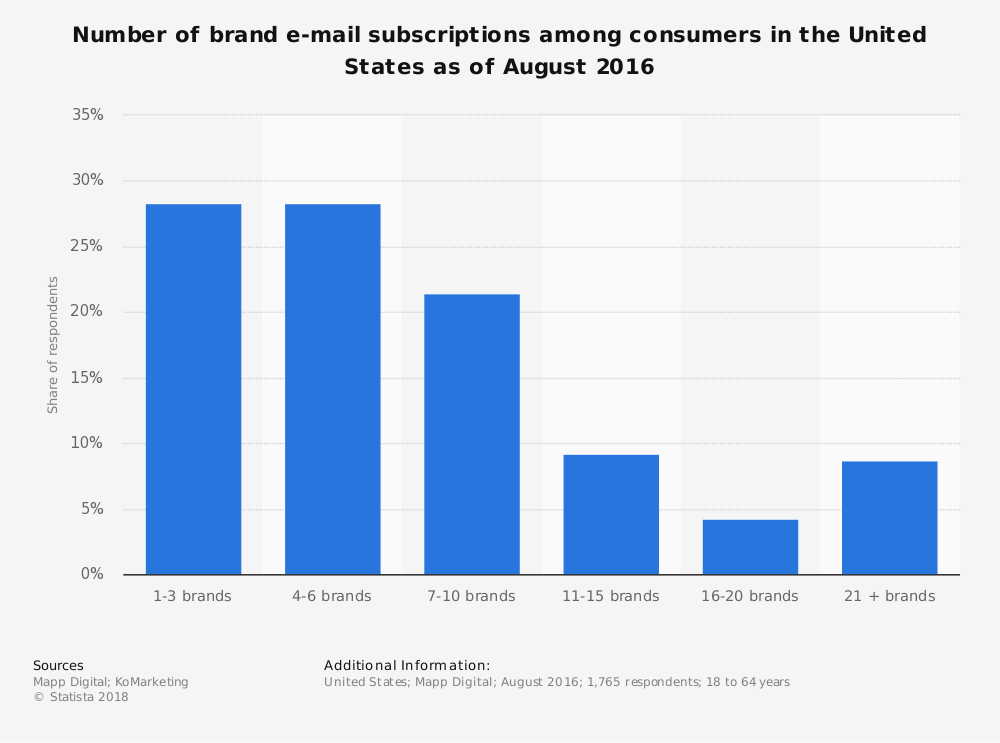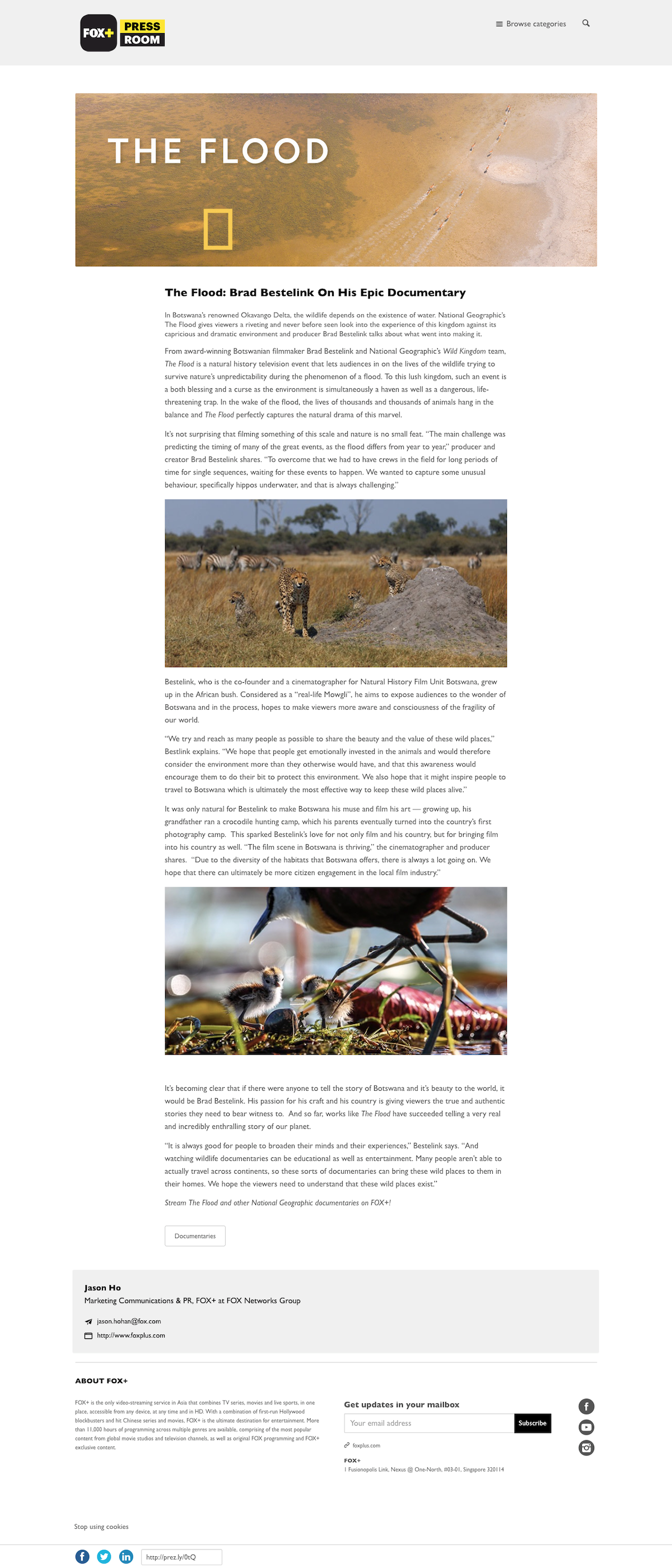Although you may not think of it that way, a critical part of any brand identity is the brand message. The most obvious part of a brand identity are the visual elements such as the logo design, color palette, logotypes and so on. But the missing part and one most often not recognized by brand builders is the brand message.
What your brand is about in your customer’s mind is the essence of your brand message. What your brand means to them determines how much mind share and market share your brand commands.
Often even employees and stakeholders of brands do not know what their brands mean. I am not talking about the service they provide or the products they sell. I am referring to the art of articulating what your brand is all about. Look at how a client of ours – M.O.R.E, used articulation to set their brand apart.
One of the fundamental differences between Fortune 500 companies and Small & Medium Enterprises (SMEs) is the clarity of marketing messages and the importance placed on strategic marketing using brand storytelling. Instead of focusing on sales, SMEs need to start focusing on strategy and have a clear brand message is at the core of a great positioning strategy.
People love to get messages from brands as is evidenced by statistics. For example, when 1,765 respondents were polled in 2016, 30% of them said that they received between 4 and 6 brand email subscriptions and almost 10% said they subscribed to over 21 brand emails!

Customers like clarity and simplicity. They get turned off by brands that have complex or confusing messages. If your brand is putting out confusing, conflicting or downright bad messaging, then chances are you are losing customers – big time!
Having A Focused Message
The temptation is to be everything to everyone. Most brands do that. Although your brand may be engaged in multiple services or selling a variety of products, it is important that you figure the one thing that your brand stands for. This one thing is going to stick in your customer’s mind.
A common example can be a clothing startup. Most clothing brands do not have a focus in terms of what their brand is about. They may have a mission or a vision statement but the rest of the messaging – on their website or social media channels or their adverts – has nothing to do their core values.
“We sell apparel” is the one thing they have clarity on. Then they add on attributes such as “high quality” or “beautifully designed” or even “made in the USA” which is losing its magic.
Think for a minute about your customers. Why should they care about your brand? What differentiates you from the sea of competitors? What about your brand sticks in their mind?
Focus is the key. Although you sell a lot of different items, your brand message should focus on one thing that needs to stick in your customer’s mind. And it does not have to be the fact that you sell “xyz” product or service.
Have you heard of the beachhead strategy? It can help you focus your brand message.
Emotions are key to your brand message
Your brand message needs to have an emotional aspect to it. It is not about the features but about the benefits of your product or service. People make buying decisions based on emotions. It has been scientifically proven. Your brand message must touch upon these emotions and then come to the features.
You might perhaps be in an industry that has little room for emotional attributes. What do you do then? If that is the case, you will have to rise above and beyond your product or service and tackle the root emotion that drives your customers. Are they buying from you to save time? Save money? For convenience? You will have dig deep and find out the emotional aspects that you can touch upon even though they are not directly related to what you sell.
Internal perspective of your brand is critical
An internal perspective of your brand is critical and you should start from there. What do you and the rest of the employees think of your brand? Is it clear what your brand stands for and represents?
As the founder of your brand, what is your vision and mission for this brand? Is it just making money or does it go beyond that? Do your employees understand and believe in your vision?
As an employee do you know the core values of your company? Do you agree or disagree with them? Is there a manifesto that you can refer to when in doubt? Do you feel proud to be part of the brand?
Begin with an internal brand audit.
Having a consistent message across all channels
Another critical aspect of your brand message is being consistent across all media channels which include the website, any landing pages, social media channels, any paid advertising (on Google, Facebook or others), print materials, internal memos, customer service touch points, emails coming out of the company and even the language and tone of phone calls.
A lot of confusion actually arises when a consistent message is not developed. To be able to have a consistent brand message, you will have to create a set of statements that will set the benchmark for your entire messaging strategy.
Elements of a brand message
Before you begin to formulate your brand message, you should have already created your brand and positioning strategies. Remember that you are not trying to create a marketing slogan or tagline. A brand message is much more than that and elements of your brand strategy such as your brand promise, core value proposition, brand story, etc all play an important part in articulating your brand message.
Here are the core elements of your brand message:
Elevator Pitch
Your elevator pitch is a short 30 to 45-second answer to “What does your company/product/service do?” Every team member of your company should be able to describe what your brand does and the value it provides.
Toggle has a great simple pitch which is nice and simple:
Ranchers are often frustrated by the effort it takes to hand-shear their angora alpacas. DroneClip eliminates the need to chase, restrain, and trim these beautiful beasts. For over 5 years, alpaca farmers have trusted DroneClip to provide the best solutions in alpaca ranching. With our safe and reliable drone aircraft, you can spend less time shearing and manage a larger herd. I’ll give you a call to learn more about your situation. Thanks for your time.
Hubspot has several more examples that can be inspiring. Here is one.
Has your boss ever asked you to “whip up a quick report before the end of the day”? You say yes with a sinking heart — because you know it’ll be the opposite of quick. The founders of my company, AnswerASAP, constantly dealt with this problem in their roles as marketing executives. So they created a tool that puts all your data in one place and creates unique reports within 30 seconds or less.
Positioning Statements
Your positioning statements are statements that are used as core messages in various marketing and sales scenarios. The shorter statements focus on the value and brand position. Longer statements add features and benefits.
Here are two great examples found on Quora:
For World Wide Web users
Who enjoy books,
Amazon is a retail bookseller
That provides instant access to over 1.1 million books.
Unlike traditional book retailers,
Amazon provides a combination of extraordinary convenience, low prices, and comprehensive selection.Harley Davidson is the only motorcycle manufacturer
That makes big, loud motorcycles
For macho guys (and “macho wannabes”)
Mostly in the United States
Who want to join a gang of cowboys
In an era of decreasing personal freedom.
Press Release Summary
All press releases should contain a summary at the end that delivers the five key pieces of information every journalist wants to know:
- Who your brand is
- What you do and for whom
- Why you’re different
- What value you create in the marketplace
Here is a great example of a press release:

Mission Statement
Why does your brand ultimately exist? Your mission statement can be as simple as one line or complex enough to fill an entire page. It can incorporate:
- The moral/ethical values of your brand
- The public perception your brand aspires to
- The key strategic influence for the brand
Since every company’s goals include making money, it’s a good idea to focus your mission on something other than profits – brand personality. Great brands have a brand messaging strategy and purpose that people can feel passionate about and rally for. Your mission statement should speak to your ultimate purpose. Make it clear, succinct and passionate, and tie it to your brand identity.
Here are 7 good examples of brand mmission statements from TopNonProfits:
The Humane Society: Celebrating Animals, Confronting Cruelty. (4 words)
Smithsonian: The increase and diffusion of knowledge. (6 words)
Monterey Bay Aquarium: To inspire conservation of the oceans. (6)
Wounded Warrior Project: To honor and empower wounded warriors. (6)
Best Friends Animal Society: A better world through kindness to animals. (7)
Kiva: To connect people through lending to alleviate poverty. (8)
Livestrong: To inspire and empower people affected by cancer. (8)
Tagline / Slogan
If your company name itself doesn’t convey what you do, a slogan can help. It should be simple, effective, memorable, and vivid.
It’s not always necessary to have a slogan or tagline. However, it can help in marketing campaigns. Your tagline/slogan is a more succinct phrase than the messaging used in campaigns. It can be one word or a short phrase and for most business writers, it’s harder to create.
Here are 10 examples of classic taglines from The Balance Careers:
- A DIAMOND IS FOREVER – DeBeers, 1948
- A LITTLE DAB’LL DO YA – Brylcreem, 1950s
- A MARS A DAY HELPS YOU WORK, REST AND PLAY – Mars, 1980
- AH! BISTO – Bisto Gravy Granules, 1919
- ALL BECAUSE THE LADY LOVES MILK TRAY – Cadbury UK, 1968
- ASK THE MAN WHO OWNS ONE – Packard, 1925
- AUSTRALIANS WOULDN’T GIVE A XXXX FOR ANYTHING ELSE – Castlemaine XXXX Beer, 1984
- BE ALL YOU CAN BE – The US Army, 1981
- BEANZ MEANZ HEINZ – Heinz, 1967
- BETCHA CAN’T EAT JUST ONE – Lays, 1981
Conclusion
Brand messaging is a critical part of your brand success. Don’t go about your messaging framework without a strategy and plan. Avoid using weak statements, watered down sales pitches and fluffy press releases. Go for the gold and aim for consistency for an effective brand message.
This article is one of the lessons from my Ultimate Brand Builder Course. By completing the course you will have built a robust and stunning brand with an awesome tone of voice that will be poised to attract your target audience and dominate your market space.

